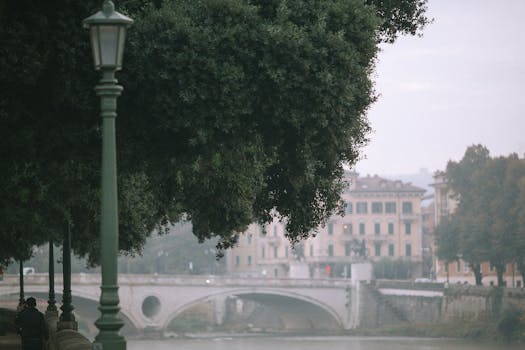
Urban Green Spaces: The Future of Outdoor Living in European Cities by 2025
Urban Green Spaces are becoming increasingly important in European cities, and for good reason. As the world becomes more urbanized, the need for green spaces has never been more pressing. By 2025, European cities are expected to have incorporated more green spaces into their landscapes, transforming the way people live, work, and interact with their surroundings.
Introduction to Urban Green Spaces
Urban Green Spaces refer to parks, gardens, and other green areas within urban environments. These spaces provide numerous benefits, including improved air quality, reduced noise pollution, and increased biodiversity. They also offer opportunities for recreation, socialization, and relaxation, making them essential for both physical and mental well-being.
Benefits of Urban Green Spaces
The benefits of urban green spaces are numerous and well-documented. Some of the most significant advantages include:
- Improved air quality: Green spaces absorb pollutants and produce oxygen, making the air cleaner and healthier to breathe.
- Reduced noise pollution: Trees and other vegetation can act as natural sound barriers, reducing noise levels and creating a more peaceful environment.
- Increased biodiversity: Urban green spaces provide habitats for a wide range of plant and animal species, helping to preserve biodiversity in urban areas.
- Opportunities for recreation and socialization: Green spaces offer areas for walking, cycling, picnicking, and other activities, fostering social interaction and community engagement.
- Improved mental health: Spending time in nature has been shown to reduce stress, anxiety, and depression, while improving mood and overall well-being.
European Cities Leading the Way
Many European cities are at the forefront of urban green space development, incorporating innovative and sustainable designs into their landscapes. Some examples include:
- Stockholm, Sweden: Known for its extensive network of parks and green spaces, Stockholm has made significant investments in urban forestry and green infrastructure.
- Copenhagen, Denmark: Copenhagen has implemented a range of green initiatives, including green roofs, green walls, and urban parks, to create a more sustainable and livable city.
- Amsterdam, Netherlands: Amsterdam has a strong focus on green spaces, with numerous parks, gardens, and green roofs throughout the city.
Challenges and Opportunities
While urban green spaces offer numerous benefits, there are also challenges to be addressed. Some of the key issues include:
- Availability of space: In densely populated cities, finding available space for green spaces can be a significant challenge.
- Funding: Creating and maintaining urban green spaces requires significant investment, which can be difficult to secure.
- Community engagement: Encouraging community involvement and participation in green space development is crucial for their success and long-term viability.
- Climate change: Urban green spaces can help mitigate the effects of climate change, but they also require adaptation strategies to ensure their resilience in the face of changing environmental conditions.






